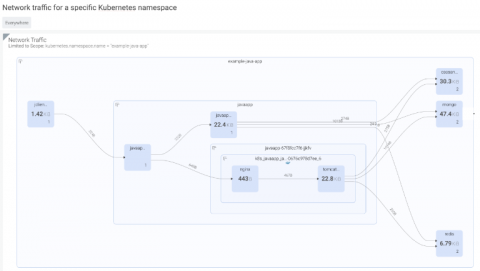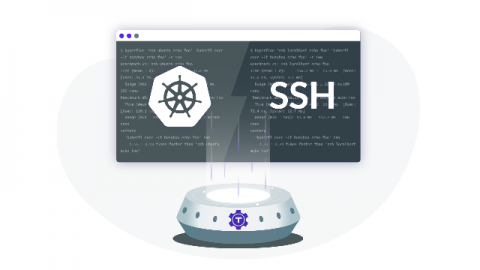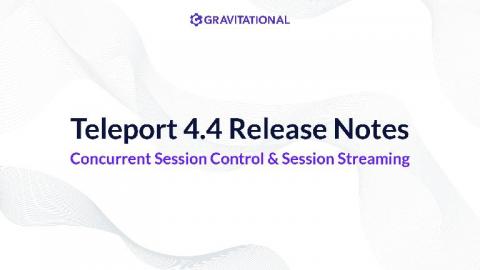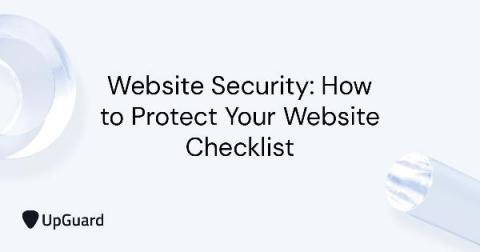Internet of Things toys are fun but raise privacy and socio-political concerns
An estimated 38 billion devices are connected to the internet this year, highlighting the fact that the Internet of Things (IoT) is not a farfetched futuristic concept, but the reality for most of the modern world. Many of these connected devices are toys that children enjoy, but no matter how fun they may be, challenges have come to the surface due to privacy concerns and socio-political issues pertaining to gender-neutral toys.











